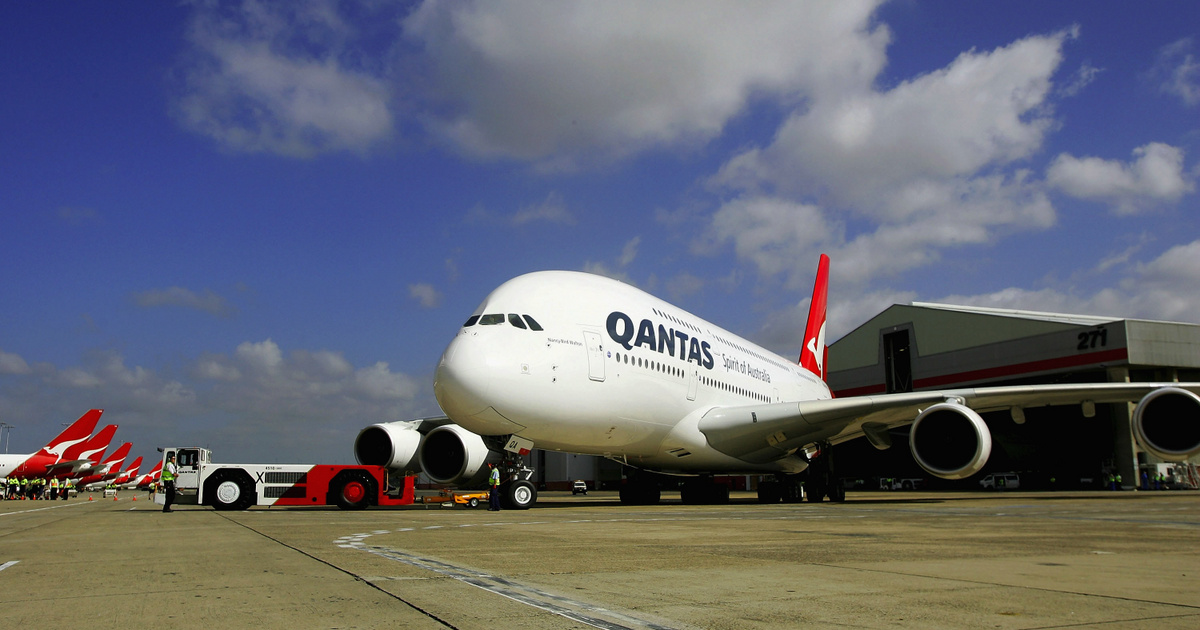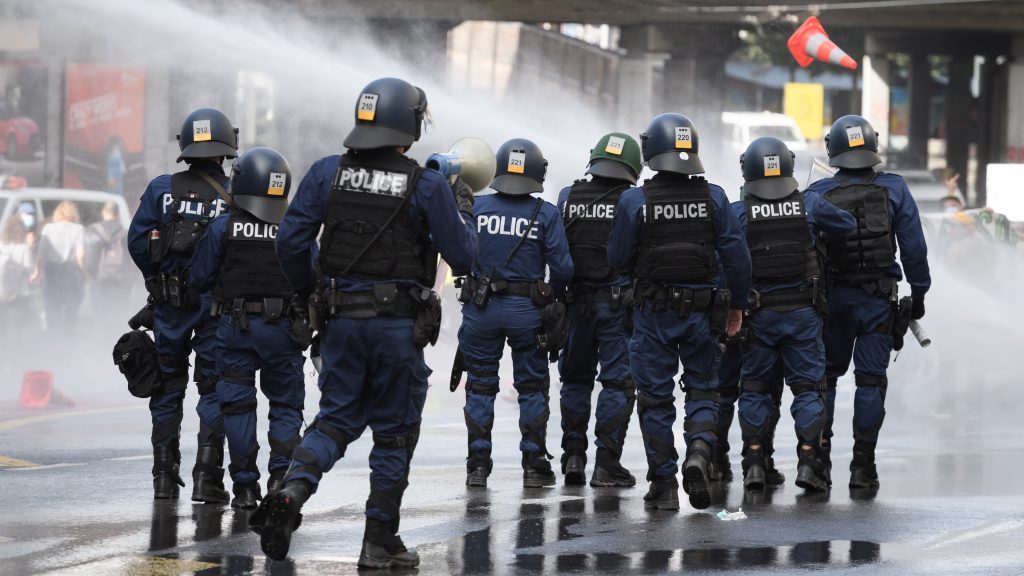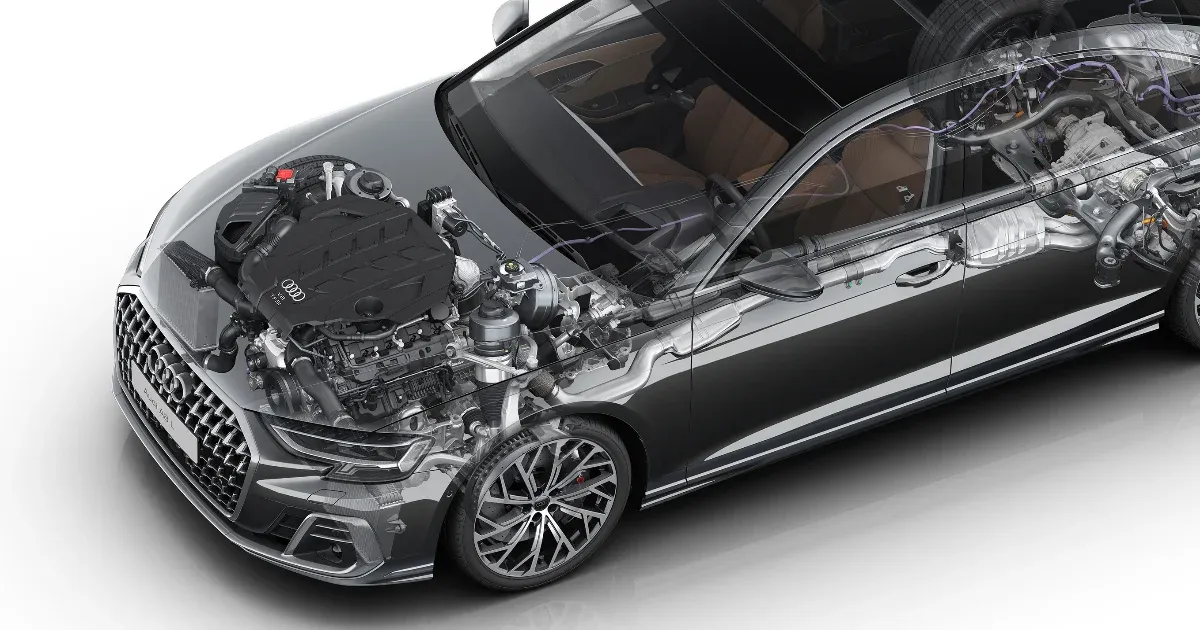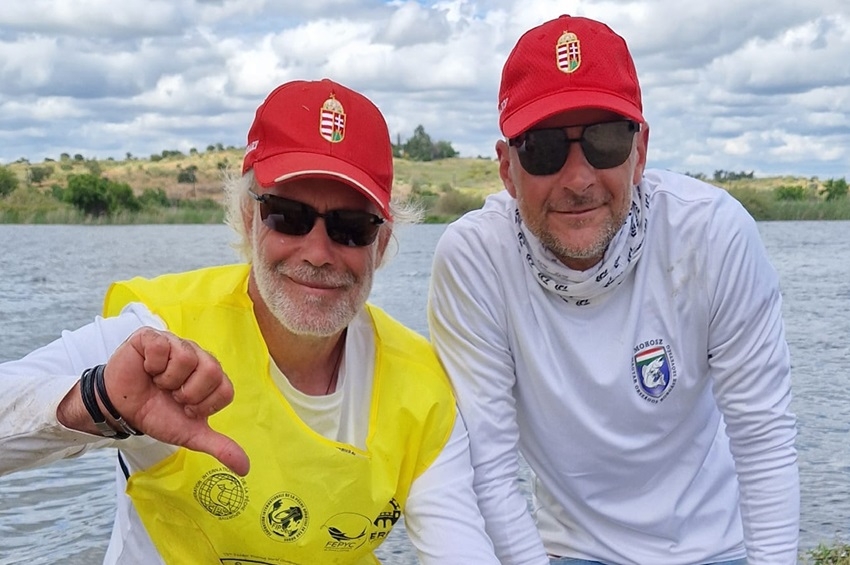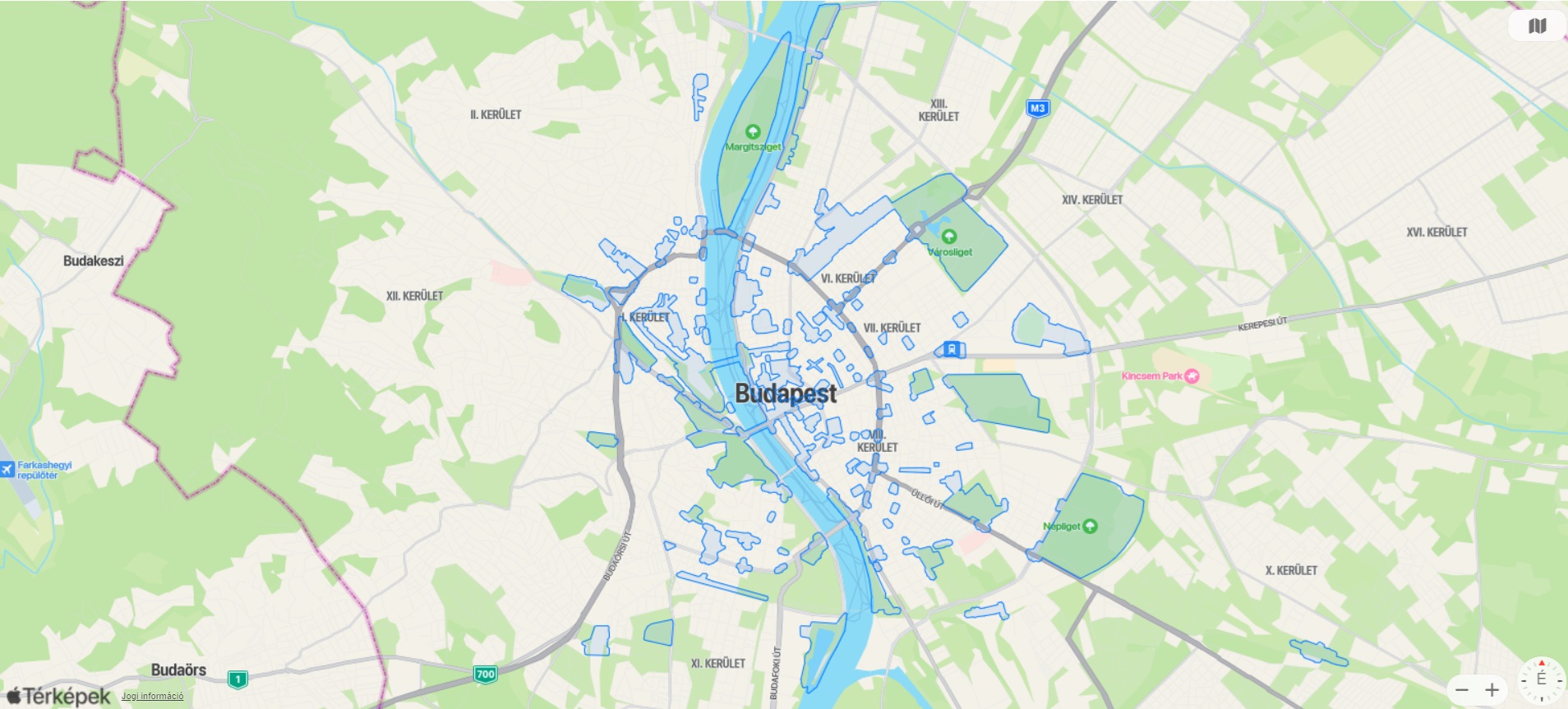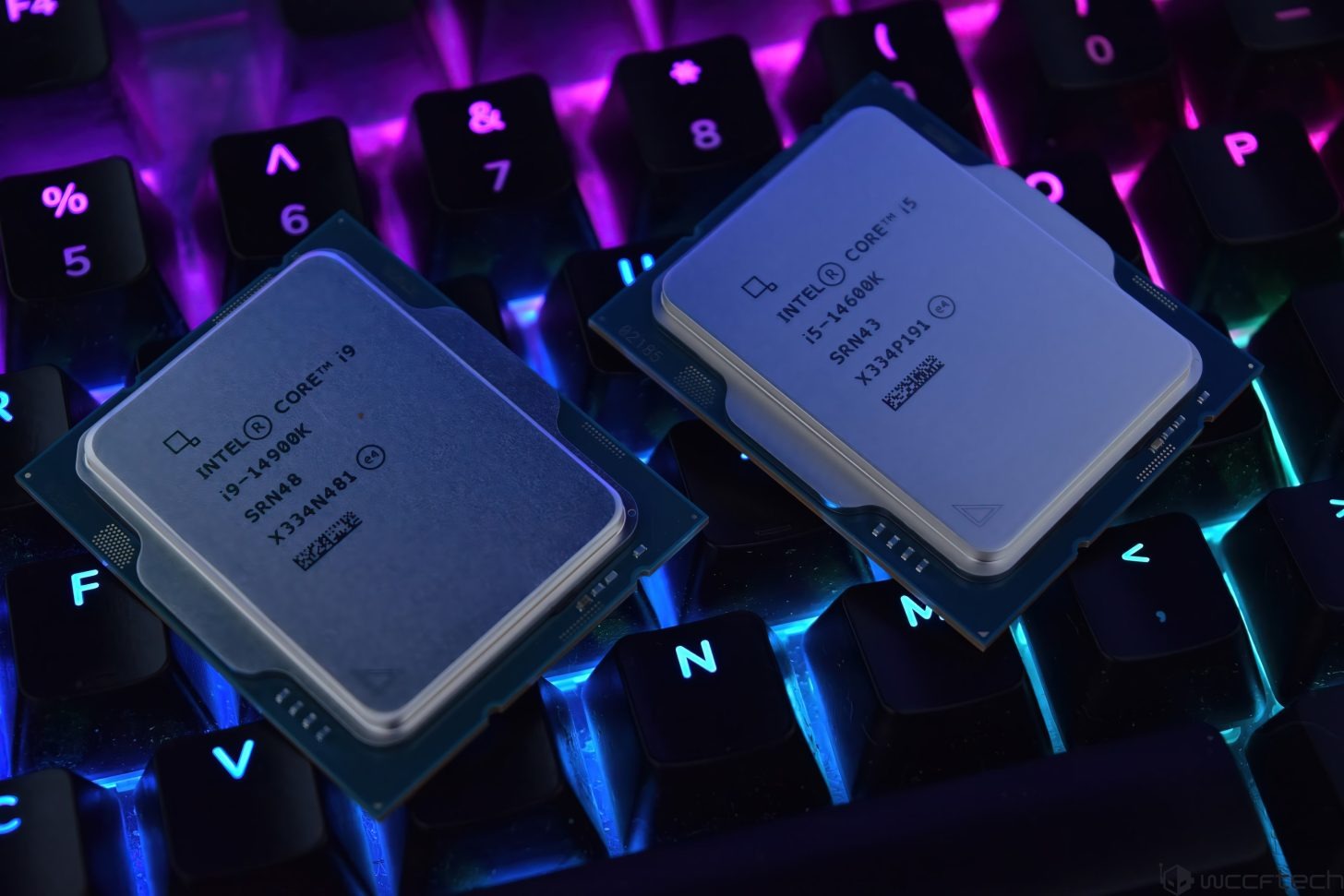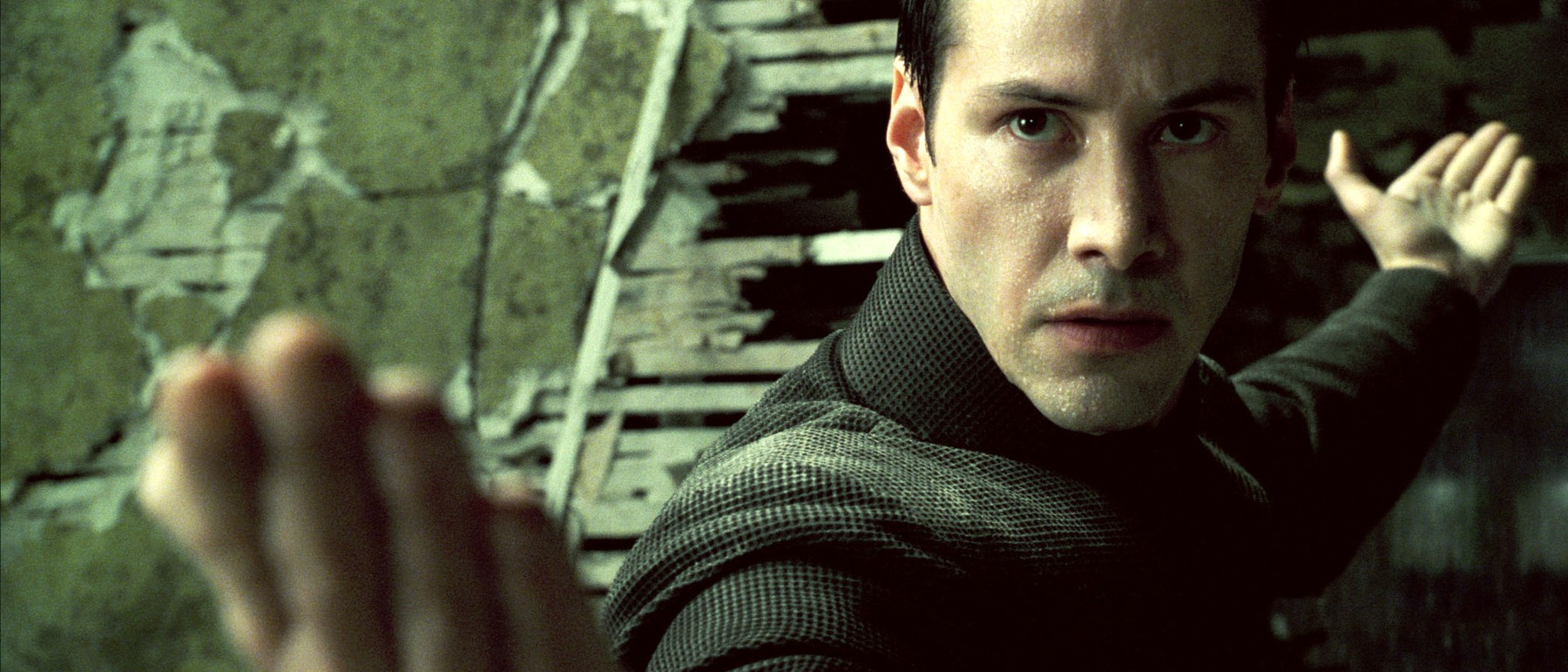Ultrasound can be used to send vaccine particles through the skin
Andrey Chernovoy/Shutterstock
Vaccines can be delivered through the skin using ultrasound. This method does not damage the skin and eliminates the need for painful needles.
To produce a vaccine without a needle, Darcy Dan Lawless At the University of Oxford, he and his colleagues mixed vaccine particles with small cup-shaped proteins. They then applied a liquid mixture to the mice’s skin and exposed them to ultrasound waves — such as those used in ultrasound imaging — for about a minute and a half.
First, ultrasound pushed the mixture into the upper layers of the skin, where the formation of proteins caused vaccine-filled bubbles to form. As the ultrasound waves continued to hit the skin, those bubbles burst and released the vaccine. As the experiment continued, breaking the bubbles also removed some dead skin cells, making the skin more permeable and allowing more and more vaccine particles to pass through.
The needle pushes vaccine particles into the muscles under the skin, while ultrasound technology delivers the vaccine only to the upper layers of the skin. But this shallow process is enough for entrenchment, says Don Lawless.
In tests on live mice, the researchers found that while the ultrasound method delivered 700 times fewer vaccine particles than conventional vaccines, the animals produced more antibodies. The researchers say that the mice did not show signs of pain and there was no visible damage to their skin. The reason for the increased antibody production may be because there are more immune cells in the skin than in the muscles, but researchers are still investigating, says den Lawless. The research was presented in Audio Conference 2023 In Sydney, Australia, on December 4.
Kate Edwards Researchers from the University of Sydney in Australia say needle-less vaccines could lower the vaccination barrier for some people, but more data will be needed on the safety of this method in humans for this to lead to widespread use.
There are still questions about the reliability of the new vaccination method. Den Lawless says the bursting of bubbles inside the skin can be unpredictable – it could result in vaccine particles being released unevenly or releasing unpredictable amounts. He and his colleagues are developing better ways to track this process by recording the sound of tiny bubbles bubbling, which reveals the distribution of vaccine particles under the skin.
Threads:






